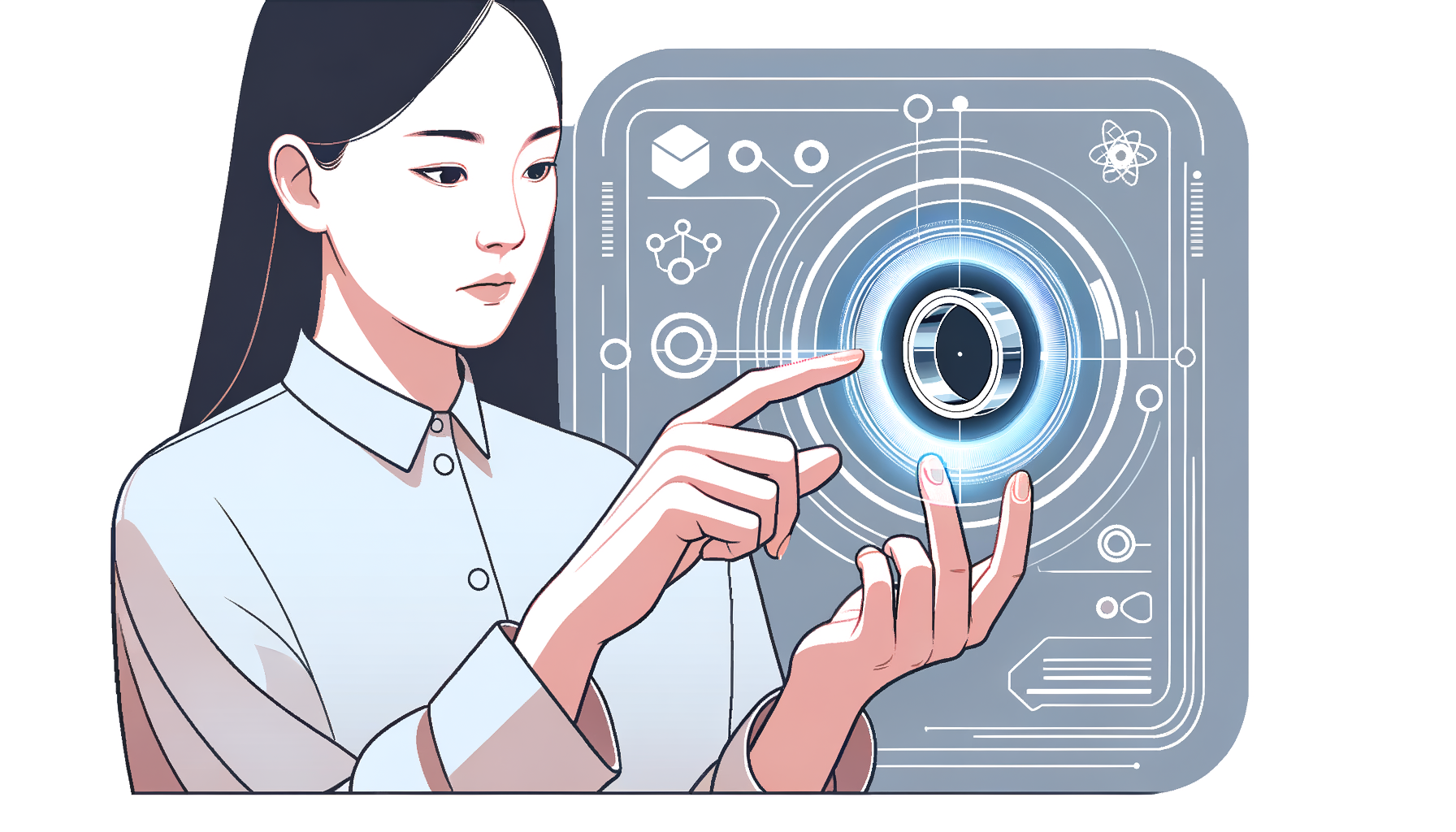Introduction
In the realm of health and wellness, the advent of wearable technology has ushered in a new era of personal health monitoring. From smart rings to health trackers, these devices promise to keep tabs on our physical wellbeing, offering insights into everything from our sleep patterns to our heart rate. But do these wearable wellness devices truly deliver on their promises? This article delves into the functionality of smart rings, the effectiveness of health trackers, and critiques surrounding wearable wellness.
Smart Ring Functionality

Smart rings, the epitome of wearable technology, are compact, unobtrusive, and designed to seamlessly integrate into our daily lives. These devices, often no larger than a traditional ring, are packed with sensors capable of monitoring a plethora of health metrics. They can track sleep patterns, heart rate, body temperature, and even stress levels, providing a comprehensive overview of the wearer’s health status.
The functionality of smart rings extends beyond mere health tracking. They can also serve as an extension of our smartphones, offering features such as contactless payments, smart home control, and notification alerts. Some models even boast advanced features like panic buttons and live location sharing for safety purposes.
However, the true value of smart rings lies in their ability to provide continuous health monitoring. Unlike traditional health check-ups that provide a snapshot of your health at a specific point in time, smart rings offer ongoing tracking, allowing for early detection of potential health issues. This continuous monitoring can be particularly beneficial for those with chronic conditions, as it allows for real-time adjustments to treatment plans.
Health Tracker Effectiveness
Health trackers, on the other hand, are typically worn on the wrist and offer a broader range of tracking capabilities. These devices can monitor physical activity, sleep quality, heart rate, and even blood oxygen levels. Some models also offer features like menstrual cycle tracking, stress management tools, and personalized workout recommendations.
The effectiveness of health trackers largely depends on the accuracy of their sensors and the relevance of the data they provide. Research has shown that most health trackers are fairly accurate when it comes to tracking physical activity and heart rate. However, their accuracy can vary when it comes to tracking sleep patterns and stress levels.
Despite these limitations, health trackers can still play a crucial role in promoting healthier lifestyles. By providing tangible data on our daily activity levels, these devices can motivate us to lead more active lives. Moreover, they can help us understand the impact of our lifestyle choices on our health, encouraging us to make healthier decisions.
Wearable Wellness Critiques
Despite the potential benefits of wearable wellness devices, they are not without their critics. One of the main criticisms is that these devices can lead to an over-reliance on technology for health management. While these devices can provide valuable insights, they should not replace professional medical advice.
Another critique is related to data privacy. Given the sensitive nature of health data, there are concerns about how this information is stored and used. While most manufacturers have stringent data protection measures in place, the risk of data breaches cannot be completely eliminated.
Moreover, there is the issue of accuracy. While these devices are generally good at tracking physical activity, their accuracy can falter when it comes to more complex measurements like sleep quality or stress levels. This can lead to inaccurate health insights, potentially causing more harm than good.
Conclusion
In conclusion, wearable wellness devices like smart rings and health trackers can offer valuable insights into our health and wellbeing. They provide a convenient way to monitor our health metrics continuously, encouraging us to lead healthier lives. However, it’s important to approach these devices with a critical eye, understanding their limitations and potential risks. Ultimately, while these devices can complement our health management, they should not replace professional medical advice.





